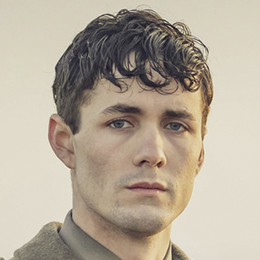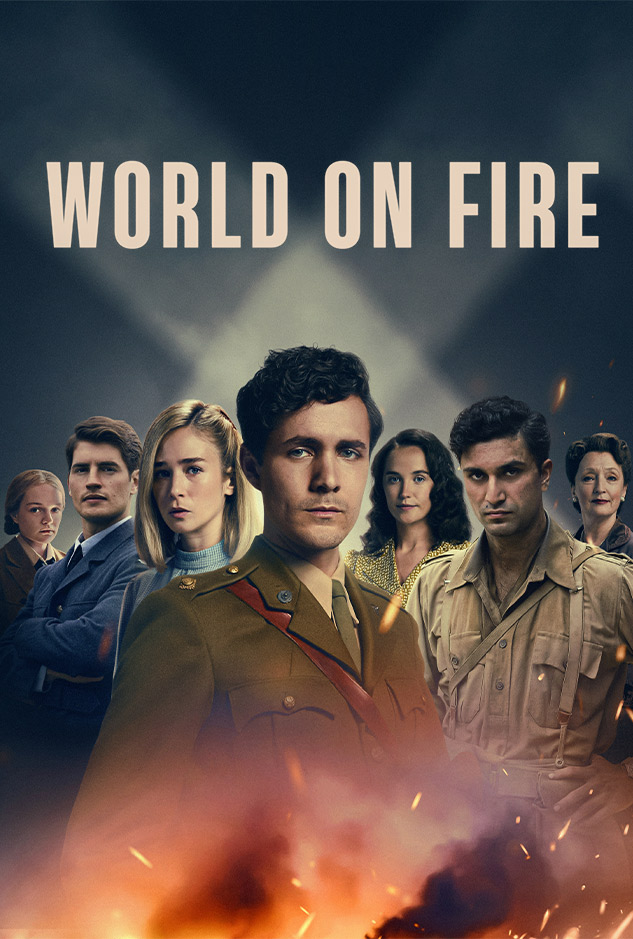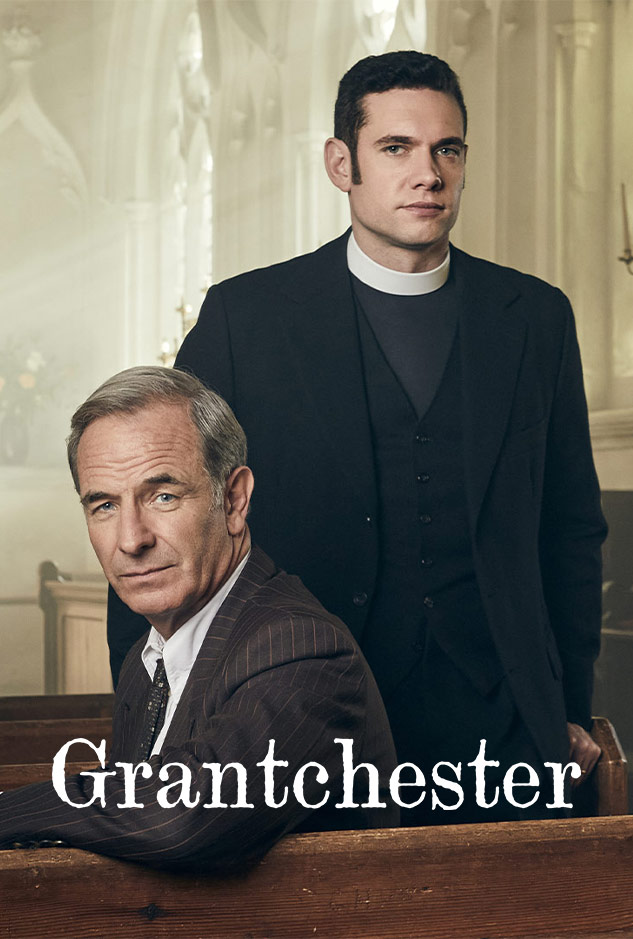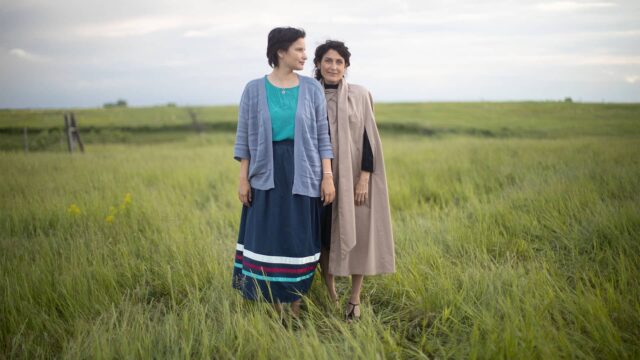Episode 3 History & Images
Learn about the real history of World on Fire Episode 3, from the heroic Battle of River Plate to the horrific Nazi Child Euthanasia program. You’ll deepen your understanding of the war and the people who lived through it, even as you deepen your experience of watching World on Fire!
- 1.
What Was the HMS Exeter & the Battle of River Plate?
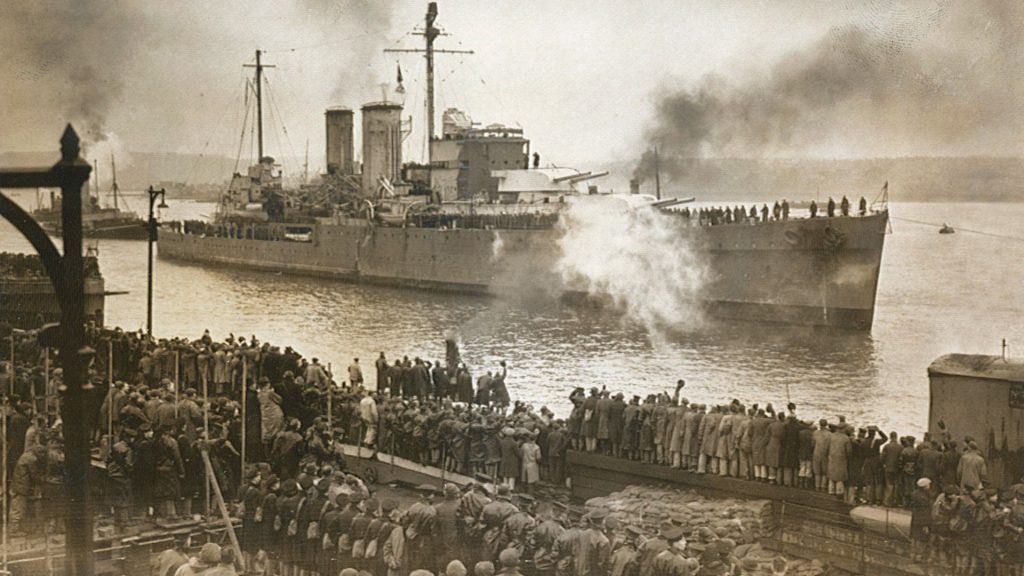

In World on Fire Episode 3, Douglas Bennett (Sean Bean) despairs as he hears a report that his son’s ship, the HMS Exeter, had suffered extensive damage in a battle with the German pocket battleship Admiral Graf Spee. Where was this battle, why was it important, and what role did the HMS Exeter play?
There was very little fighting during the “phony war,” but one exception—and a great boost to British morale—was the Battle of the River Plate, the first major naval engagement in the war. In anticipation of the declaration of war, the German pocket battleship Admiral Graf Spee had been deployed to the South Atlantic weeks before the war began. Patrolling the merchant lanes with the goal of cutting allied shipping lines, the Graf Spee sank six merchant ships between September and November 1939. To track and take down the troublesome raider, the Royal Navy deployed several “hunter-killer groups” and on December 13, after the Graf Spee sank three more ships, the HMS Exeter, Ajax, and Achilles closed in on the pocket battleship after correctly guessing that it was headed for the shipping lanes off the coast of South America. As planned, the three ships split up as they closed in. The HMS Exeter drew the heaviest fire from the Graf Spee; all her guns but one were put out of action, and 61 sailors were killed, while 23 were injured. But even damaged, the Exeter was able to take out the Graf Spee‘s fuel system and galley before retreating to the Falkland Islands. Battered and damaged, the Graf Spee made its way to the port of Montevideo in neutral Uruguay where it was protected by international law for a limited time. The Graf Spee petitioned (unsuccessfully) for extended time to make repairs while the British also sought delay, so that reinforcements could arrive. But the Graf Spee‘s commander, rather than risk internment by Uruguay and possible capture by Britain, blew up and sank, or “scuttled,” his ship after departing. He then shot himself.
Winston Churchill celebrated the victory of the Battle of River Plate, saying “This brilliant sea fight takes its place in our naval annals and in a long, cold, dark winter it warmed the cockles of the British hearts.”
Watch newsreel footage from the Battle of River Plate.
- 2.
What was the British Expeditionary Force?

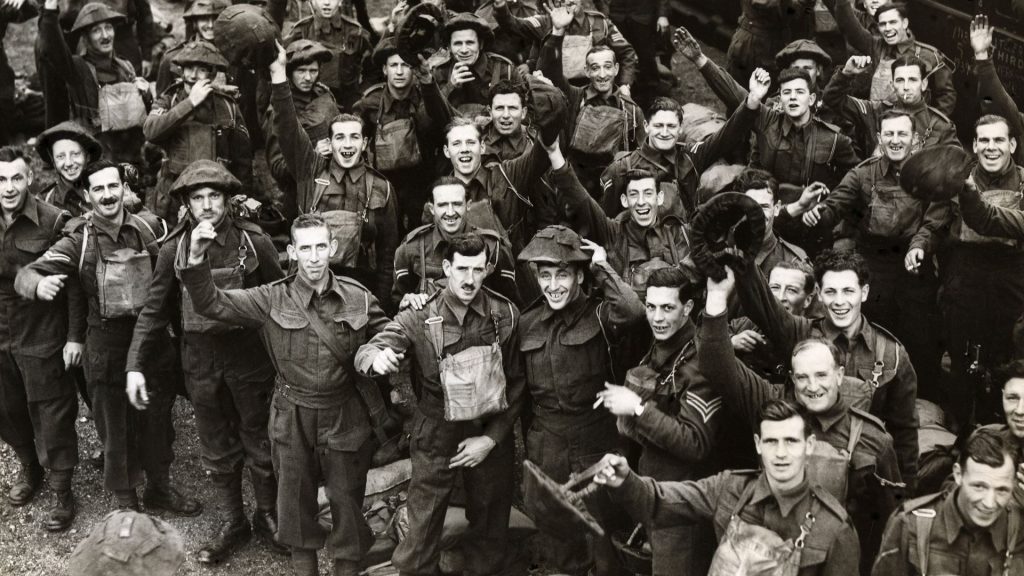
The British Expeditionary Force, or BEF, was composed of units from the regular professional army, augmented by “Territorials”—volunteer part-time soldiers who had been a traditional component of England’s land army since the Middle Ages. In World on Fire, Harry Chase (Jonah Hauer-King) enlists as an officer in a Territorial division, headquartered in Manchester. With the addition of conscripted soldiers and units from the British Empire, the BEF numbered millions of men during World War I and was revived in anticipation of World War II.
At the start of World War II in the fall of 1939, some 237,000 professional soldiers of the BEF were deployed to northern France, later reinforced by Territorial units. Along the Franco-Belgian border, the BEF waited out the “phony war,” training, patrolling, and digging trenches. But when the Germans invaded the Low Countries and France on May 10, 1940, the BEF—a highly esteemed fighting force—was no match for the Panzer tanks on the ground and the dive bombers from above. Pushed to retreat, the BEF was evacuated from the beaches at Dunkirk between May 26 and June 4, 1940.
Watch a newsreel story about the embarkation of the British Expeditionary Force from 1939.
- 3.
What was the Nazi Child Euthanasia Program?

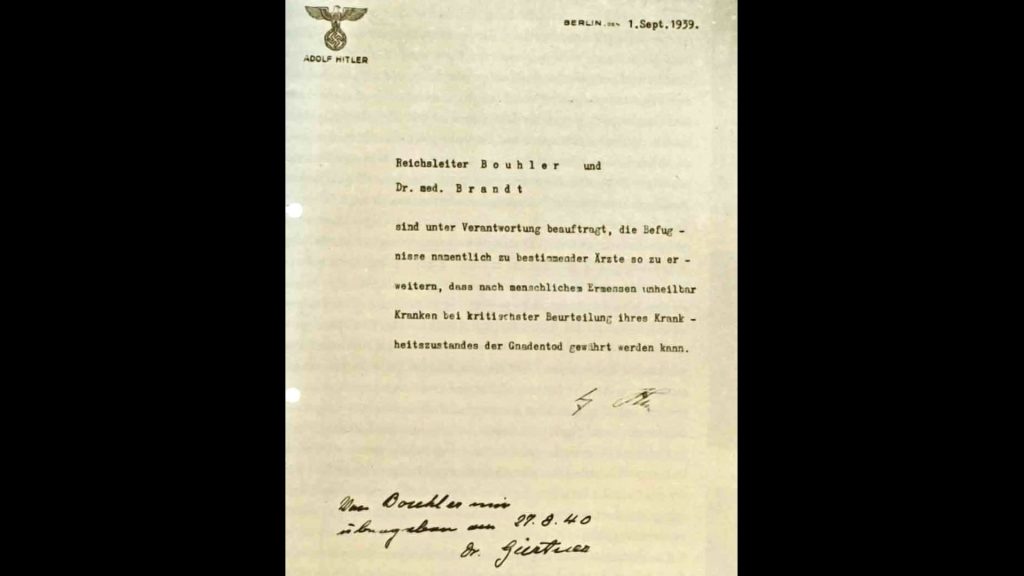
In World on Fire Episode 2, American journalist Nancy Campbell (Helen Hunt) confronts the Nazi doctor heading up a child euthanasia clinic in Berlin. Her outrage and horror are met with the certainty of a true believer as he attempts to justify the Nazi euthanasia program with principles of Social Darwinism, eugenics, and reason.
“Euthanasia” literally means “a good death,” and its role in contemporary society has been a merciful death of a terminally ill patient through their own choice, to alleviate suffering. But for the Nazis, euthanasia was the secretive, medicalized, and institutionalized mass-killing program wherein medical professionals and the Third Reich conspired to murder people with physical and mental disabilities, based on eugenics and their principals of race hygiene. During the Weimar Republic between the wars, the theory of eugenics—the idea that the fittest members of society should be the ones to reproduce and propagate their so-called superior characteristics—took hold in Germany. It was a perversion of Mendel’s scientific theory of inheritance of traits, and in combination with Darwin’s theory of natural selection and survival of the fittest, it led to forced sterilizations of people with physical or mental illnesses as early as 1933. By 1939, the Nazi imperative to “purify” the Aryan race by eliminating people it deemed “unfit” led to the establishment of the Euthanasia Program (later known as Aktion T4).
In October 1939, Adolph Hitler issued his decree that doctors perform “mercy killings” on those newborns, infants, and children up to ages 3 or 4 deemed by the state to be “unfit.” All doctors, nurses, and midwives were required to report newborns and children with severe mental or physical disabilities. Soon after, parents of children with disabilities were asked to send their children to “Special Children’s Wards,” believing that their children would receive special therapies and treatments there. Those who refused were threatened with loss of parental rights. Each child had a file that was evaluated by a panel of three “experts,” who then determined whether the child would live or die with the mark of a “+” (death), a “-” (life), or the occasional “?” (undecided). The children were killed by gas, lethal injections, starvation, or exposure in unheated wards. Parents were provided with a fictional cause and date of death, and ashes (from a common pile in the crematorium) were returned to them in an urn.
Hitler quickly expanded the euthanasia program to include adults living in an institutional setting for more than five years, backdating his decree to coincide with the beginning of the war in order to protect practitioners from prosecution under the auspices of wartime provisions. Reporting was required for individuals who were suffering from schizophrenia, epilepsy, dementia, encephalitis, and other chronic psychiatric or neurological disorders; who were of “non-Aryan race”; who were comitted as “criminally insane”; and who had been confined to the institution in question for more than five years.
In spite of the program’s secrecy, it was an open secret, and an unpopular one. Protests against the program came from the private and public sectors, but it was the clergy that ultimately exerted the pressure that led to Hitler shutting the program down on August 3, 1941. By this time over 70,000 people had been killed, most of them at any of the six gassing facilities built as part of the program. Yet the shuttering of the T4 program did not stop the killing; it continued until the end of the war, just more carefully hidden. Rather than gassing victims, the program’s medical professionals and healthcare workers starved them to death or administered lethal injections. In total, between 200,000 and 300,000 individuals were killed as a part of the Euthanasia Program.
Discover more about World on Fire:
Keep track of all the action with our recap of World on Fire Episode 3.
Hear Cole Porter, Billie Holiday and iconic artists sing the songs of World on Fire in MASTERPIECE’s playlist.
Hear an interview with World on Fire writer and creator Peter Bowker on the MASTERPIECE Studio podcast.








